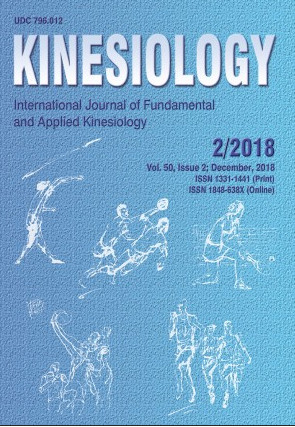The aim of this study was to compare external load, calculated by an accelerometer training load model, the number and intensity of accelerations and decelerations, and the acceleration:deceleration ratio between playing positions during basketball matches. Twelve elite male basketball players (mean±SD, age: 25.5±5.2 years; (range: 19-36 years); body height 201.4±8.6 cm; body mass: 98.4±12.6 kg) were monitored during two official matches. An accelerometer training load model and the number of accelerations and decelerations were used to assess physical demands imposed on basketball players. Magnitude-based inferences and effect sizes (ES) were used to assess possible differences between positions: point guards (PG), shooting guards (SG), small forwards (SF), power forwards (PF) and centers (C). Elite basketball players in all positions presented higher maximal decelerations than accelerations (ES=2.70 to 6.87) whereas the number of moderate accelerations were higher than the number of moderate decelerations (ES=0.54 to 3.12). Furthermore, the acceleration:deceleration ratio (>3 m∙s-2) was significantly lower in players on the perimeter (PG and SG) than in PF and C (ES=1.03 to 2.21). Finally, PF had the lowest total external load (ES=0.67 to 1.18).
Sažetak

 Kinesiology : 50,2(2018) / editor-in-chief Dragan Milanović.
Kinesiology : 50,2(2018) / editor-in-chief Dragan Milanović.